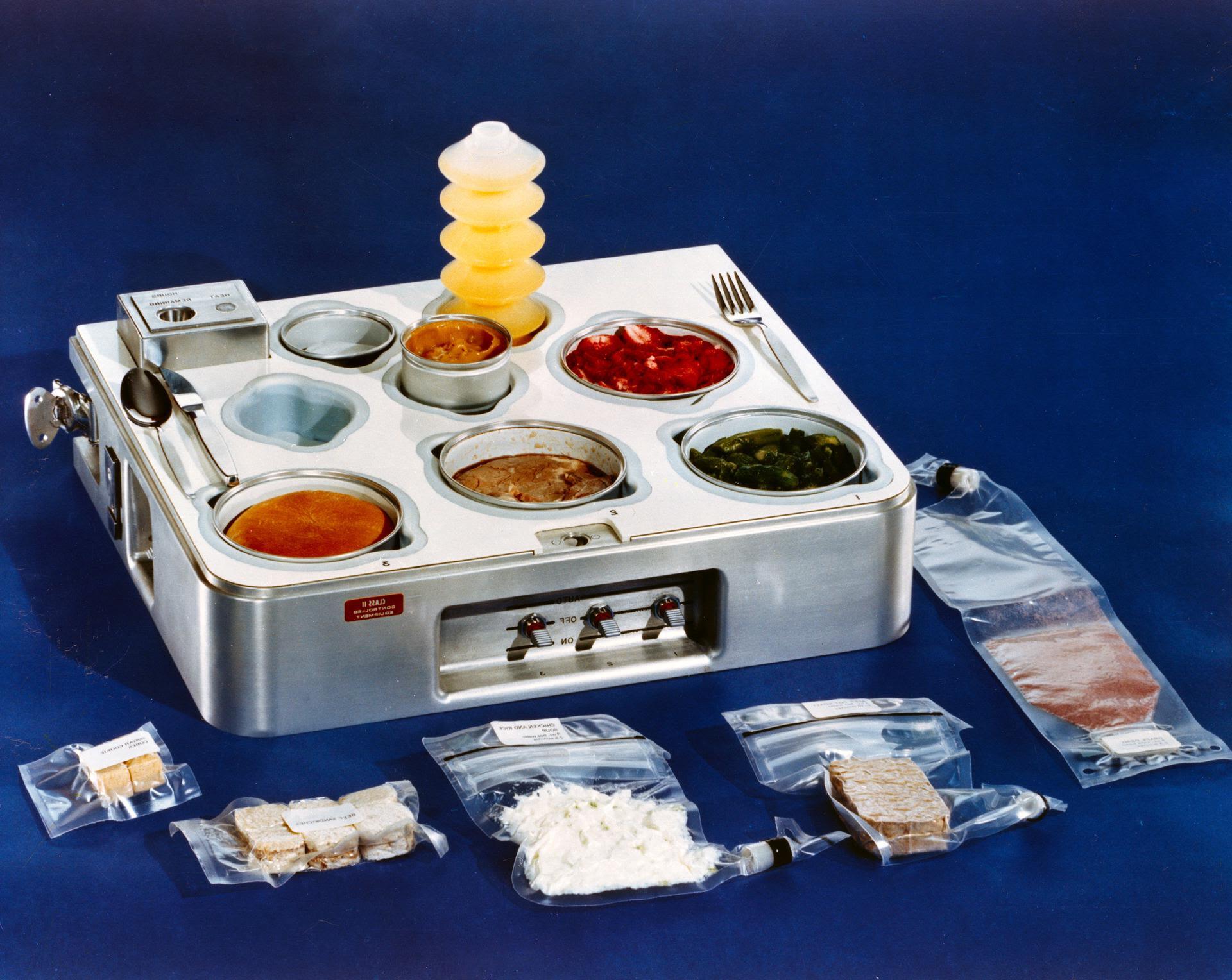
Ever wondered what astronauts eat while floating in space? Space food has come a long way since the early days of the space race. Back then, meals consisted of pureed foods squeezed from tubes. Today, astronauts enjoy a variety of dishes that are not only nutritious but also tasty. Space food must meet strict requirements: it needs to be lightweight, non-perishable, and easy to prepare in zero gravity. From freeze-dried fruits to thermostabilized entrees, the menu options are surprisingly diverse. NASA and other space agencies continually innovate to improve the quality and variety of meals, ensuring astronauts stay healthy and happy during their missions.
What is Space Food?
Space food is specially designed for astronauts to consume in the harsh environment of space. It must be nutritious, lightweight, and easy to prepare. Here are some fascinating facts about space food.
-
Early Space Food: The first space food was pureed and packed in tubes, similar to toothpaste. It wasn't very appetizing.
-
Freeze-Drying: Most space food is freeze-dried to remove moisture, making it lighter and preventing spoilage.
-
Tang: Astronauts popularized Tang, a powdered drink mix, during the Gemini missions.
How Space Food is Prepared
Preparation of space food involves several processes to ensure it remains safe and tasty in space. Let's explore some interesting details.
-
Thermostabilization: Some foods are heat-processed to kill bacteria and enzymes, extending shelf life.
-
Vacuum Packaging: Food is vacuum-sealed to prevent contamination and preserve freshness.
-
Rehydration: Astronauts add water to rehydrate freeze-dried meals before eating.
Nutritional Needs in Space
Astronauts have unique nutritional needs due to the effects of microgravity on the body. Here are some key points.
-
Caloric Intake: Astronauts need about 2,500 calories per day to maintain energy levels.
-
Bone Health: Calcium and vitamin D are crucial to prevent bone loss in microgravity.
-
Hydration: Staying hydrated is essential, so astronauts drink plenty of water and other fluids.
Challenges of Eating in Space
Eating in space comes with its own set of challenges. Let's look at some of these obstacles.
-
Crumbs: Crumbs can float away and damage equipment or be inhaled, so crumbly foods are avoided.
-
Taste Changes: Microgravity can dull taste buds, making food taste bland.
-
Floating Food: Food can float away if not secured, so astronauts use special containers and utensils.
Innovations in Space Food
Space agencies continually innovate to improve the quality and variety of space food. Here are some recent advancements.
-
Fresh Produce: NASA is experimenting with growing fresh vegetables on the International Space Station (ISS).
-
3D Printing: 3D printers can create customized meals using edible ingredients.
-
Cultural Cuisine: Astronauts can enjoy foods from their home countries, boosting morale.
Fun Facts About Space Food
Space food has some quirky and fun aspects. Here are a few to tickle your curiosity.
-
Pizza in Space: Astronauts have made pizza on the ISS using pre-packaged ingredients.
-
Hot Sauce: Astronauts love hot sauce to add flavor to their meals.
-
Space Cookies: The first cookies baked in space were made on the ISS in 2019.
Historical Milestones in Space Food
Space food has evolved significantly since the early days of space exploration. Here are some historical milestones.
-
First Meal in Space: Yuri Gagarin, the first human in space, ate pureed meat and chocolate sauce.
-
Apollo 11: The first meal on the moon included bacon squares, peaches, and coffee.
-
Skylab: The Skylab space station had a dining table with magnetic trays to keep food in place.
Future of Space Food
The future of space food looks promising with ongoing research and development. Here are some exciting prospects.
-
Mars Missions: Scientists are developing sustainable food systems for long-duration missions to Mars.
-
Lab-Grown Meat: Researchers are exploring lab-grown meat as a protein source for astronauts.
-
Algae and Insects: Algae and insects are being considered as alternative protein sources due to their high nutritional value.
Final Bite of Space Food Facts
Space food has come a long way from the early days of unappetizing tubes and cubes. Today, astronauts enjoy a variety of meals that are not only nutritious but also tasty. From freeze-dried fruits to thermostabilized entrees, the options are vast and designed to meet the unique challenges of eating in space. The development of space food involves rigorous testing to ensure safety, nutrition, and ease of consumption in a zero-gravity environment.
Understanding these facts gives us a glimpse into the incredible efforts behind feeding astronauts on their missions. It’s fascinating to see how technology and creativity come together to solve the challenges of space travel. Next time you look up at the stars, remember the science and innovation that make it possible for astronauts to enjoy a meal while exploring the final frontier.
Was this page helpful?
Our commitment to delivering trustworthy and engaging content is at the heart of what we do. Each fact on our site is contributed by real users like you, bringing a wealth of diverse insights and information. To ensure the highest standards of accuracy and reliability, our dedicated editors meticulously review each submission. This process guarantees that the facts we share are not only fascinating but also credible. Trust in our commitment to quality and authenticity as you explore and learn with us.


